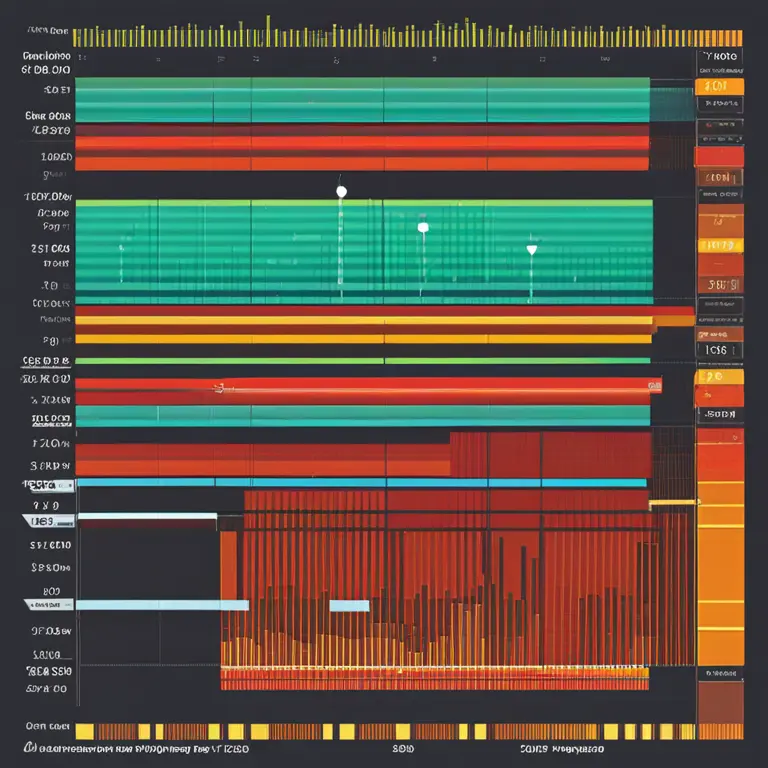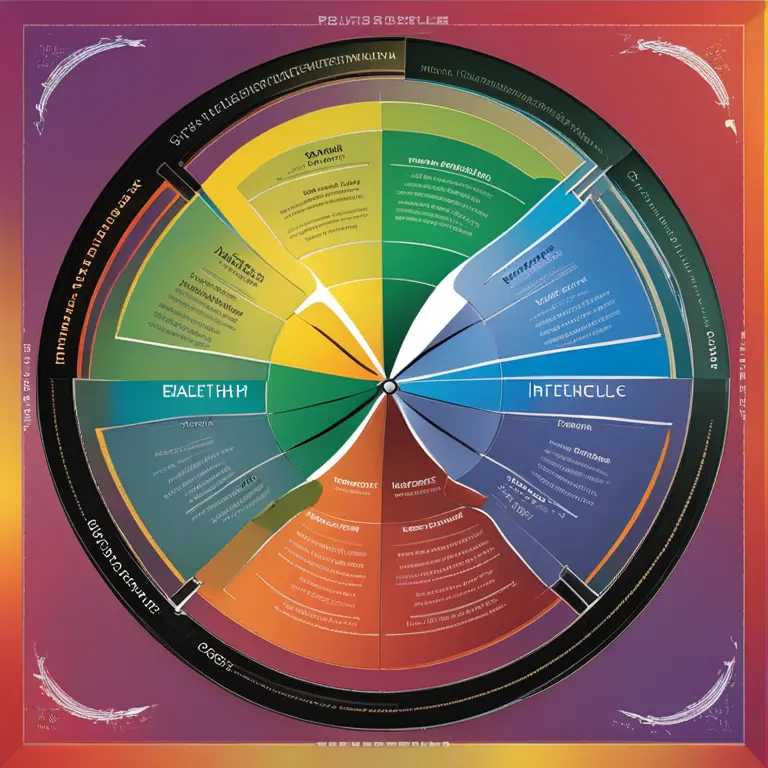
The Mechanics of Biorhythm: Personal Cycles Analysis
Delve into the intricacies of biorhythms to learn how these personal cycles might influence your physical, emotional, and intellectual states.
article by Adrian Wallace
Introduction to Biorhythms
Biorhythms are a concept originating from the early 20th century, which suggests that our lives are influenced by natural physiological cycles. These rhythms are thought to affect our physical, emotional, and intellectual capabilities, with each cycle having its unique timeline. Originating from Wilhelm Fliess's theories, the biorhythm model posits that from the moment of birth, we each begin oscillating through periodic waves that supposedly shape our daily effectiveness and wellbeing. Despite no scientific evidence supporting this theory, it persists in certain circles due to anecdotal claims of accuracy and the enduring appeal of personalized insights.

Understanding the Three Primary Cycles
Biorhythm theory identifies three principal cycles: the physical (23 days), the emotional (28 days), and the intellectual (33 days). These cycles are represented as sine waves, starting at zero (birth), rising to a peak, which is the most positive phase, then descending back through zero to a trough, which represents the most challenging phase, before ascending again. The intersection points are regarded as critical days where one's abilities in the respective area are believed to be highly unpredictable and caution is advised.

Calculating Your Biorhythms
The calculation of personal biorhythms is simple and relies only on basic math. By inputting your date of birth into a biorhythm calculator, which many websites and applications now provide in 2024, you can chart your cycles. The analysis presumes an individual connection between birth date and biological cycles. While contemporary digital tools have facilitated this process, enabling you to monitor your biorhythms with ease, it's essential to remember that this remains a speculative and non-scientific approach.

The Skepticism Surrounding Biorhythms
Scientific consensus does not support the validity of biorhythms. Multiple studies, including those utilizing rigorous statistical analysis, have found no evidence to substantiate the claims that these cycles accurately predict or reflect an individual's day-to-day performance or health status. Critics argue that positive testimonies can be attributed to the placebo effect or confirmation bias. Therefore, while biorhythm charts can be fun and interesting, they should be approached with a healthy degree of skepticism.

Biorhythms in Modern Contexts
In spite of skepticism, the biorhythm concept has achieved a niche following in the digital age, with various apps and online platforms offering personalized readings. For many, these rhythms serve as a form of self-reflection—a chance to take stock and contemplate one's physical and emotional states. The continuous evolution of digital personalization and a growing interest in wellness have kept biorhythms present in some wellness circles and self-help methodologies.
Biorhythms as a Personal Tool
For those who choose to explore biorhythms, these charts can become a part of a broader self-care routine. They are often consulted by individuals seeking to optimize their activities according to perceived high energy or cautionary periods. Users frequently practice mindfulness and self-awareness when engaging with their biorhythm charts, although any consequential decisions should be grounded in reason and, when necessary, professional advice.
Published: 1/30/2024
Modified: 1/30/2024
More predictions
Come back here soon to learn more about yourself and your future


Biorhythm Compatibility: Syncing Life’s Rhythms for Harmony
Discover the significance of biorhythm compatibility and how it can impact your relationships, enhancing personal connections through natural life cycles.


Your Daily Biorhythm Guide
Discover how your biorhythms influence your daily life and learn to harness their power for better well-being and decision-making.


Harmonize Your Life with a Biorhythms Calculator
Discover how a biorhythms calculator can harmonize your personal energy cycles with daily life activities.